 Media Studies - News Tabloid vs Broadsheet
Media Studies - News Tabloid vs Broadsheet








Compare a broadsheet and a tabloid, such as those below. What are the key features of each?

Broadsheets e.g. The Guardian

Tabloids e.g. Daily Mirror